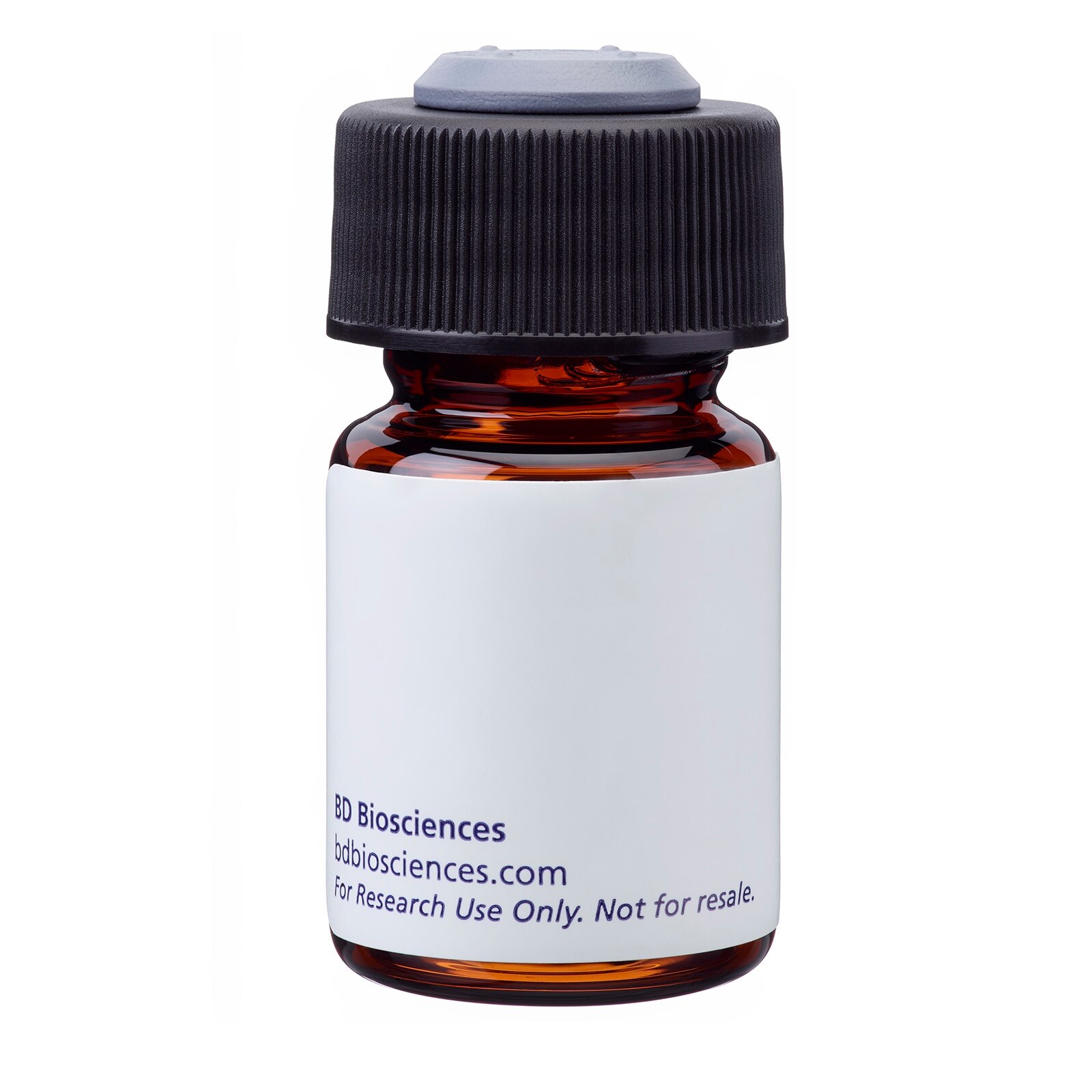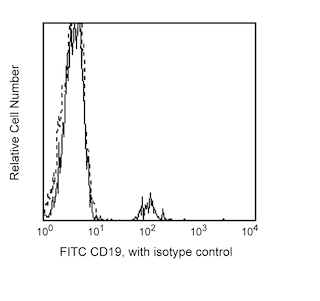-
Reagents
- Flow Cytometry Reagents
-
蛋白质印迹试剂
- 免疫分析 试剂
-
Single-Cell Multiomics Reagents
- BD® AbSeq Assay
- BD Rhapsody™ 附件试剂盒
- BD® Single-Cell Multiplexing Kit
- BD Rhapsody™ Targeted mRNA Kits
- BD Rhapsody™ Whole Transcriptome Analysis (WTA) Amplification Kit
- BD Rhapsody™ TCR/BCR Profiling Assays
- BD® OMICS-Guard Sample Preservation Buffer
- BD Rhapsody™ ATAC-Seq Assays
- BD Rhapsody™ TCR/BCR Next Multiomic Assays
-
Functional Assays
-
显微成像试剂
-
Cell Preparation and Separation Reagents
-
- BD® AbSeq Assay
- BD Rhapsody™ 附件试剂盒
- BD® Single-Cell Multiplexing Kit
- BD Rhapsody™ Targeted mRNA Kits
- BD Rhapsody™ Whole Transcriptome Analysis (WTA) Amplification Kit
- BD Rhapsody™ TCR/BCR Profiling Assays
- BD® OMICS-Guard Sample Preservation Buffer
- BD Rhapsody™ ATAC-Seq Assays
- BD Rhapsody™ TCR/BCR Next Multiomic Assays
- China (Chinese)
-
更改国家/语言
Old Browser
Looks like you're visiting us from {countryName}.
Would you like to stay on the current country site or be switched to your country?




Flow cytometric analysis of IL-21 receptor (CD360) in human peripheral lymphocytes. Whole blood was stained simultaneously with FITC Mouse Anti-Human CD19 (Cat. No. 555412) and PE Mouse Anti-Human IL-21 Receptor (CD360) (Cat. No. 560264; right panel) or PE Mouse IgG1, κ Isotype Control (Cat. No. 554680; left panel). Erythrocytes were lysed with BD Pharm Lyse™ Lysing Buffer (Cat. No. 555899). Two-color dot plots depicting IL-21 receptor (CD360) (or Ig isotype control) versus CD19 expression were derived from gated events with the forward and side light-scatter characteristics of viable lymphocytes. Flow cytometry was performed on a BD FACSCalibur™ System.


BD Pharmingen™ PE Mouse Anti-Human IL-21 Receptor (CD360)

监管状态图例
未经BD明确书面授权,严禁使用未经许可的任何商品。
准备和存储
商品通知
- This reagent has been pre-diluted for use at the recommended Volume per Test. We typically use 1 × 10^6 cells in a 100-µl experimental sample (a test).
- An isotype control should be used at the same concentration as the antibody of interest.
- Caution: Sodium azide yields highly toxic hydrazoic acid under acidic conditions. Dilute azide compounds in running water before discarding to avoid accumulation of potentially explosive deposits in plumbing.
- Source of all serum proteins is from USDA inspected abattoirs located in the United States.
- For fluorochrome spectra and suitable instrument settings, please refer to our Multicolor Flow Cytometry web page at www.bdbiosciences.com/colors.
- Please refer to www.bdbiosciences.com/us/s/resources for technical protocols.
配套商品






The 17A12 monoclonal antibody specifically binds to the IL-21 Receptor (IL-21R). The IL-21R, also known as CD360, is a 538 amino acid cytokine receptor with an extracellular domain consisting of one copy of the conserved WSXWS -containing cytokine-binding domain. The IL-21 receptor combines with the common cytokine-receptor γ-chain to form a functional receptor complex for IL-21. IL-21 is mainly produced by activated CD4+ T cells including T follicular helper (Tfh) cells. IL-21R is preferentially expressed by B cells, T cells, NK cells, some populations of myeloid cells, keratinocytes, and dendritic cells. Binding of its ligand, IL-21, in these cells results in the activation of the Jak/Stat signal transduction pathway. The effects IL-21 ligand binding has pleiotropic actions such as augmenting the proliferation of T cells, driving of B cells into memory cells, terminally differentiating plasma cells and augmenting the activity of natural killer cells. IL-21 receptor has anti-tumor activity and might have a role in the development of autoimmunity; it has been reported that the IL-21 receptor affects the homeostasis of regulatory T cells and it could enhance T cell-activated responses in human immune-inflammatory diseases.

研发参考 (8)
-
Asao H, Okuyama C, Kumaki S et al. Cutting edge: the common gamma-chain is an indispensable subunit of the IL-21 receptor complex. J Immunol. 2001; 167(1):1-5. (Biology). 查看参考
-
Leonard WJ and Spolski R. Interleukin-21: A modulator of lymphoid proliferation, apoptosis and differentiation. Nat Rev Immunol. 2005; 5(9):688-698. (Biology). 查看参考
-
Parrish-Novak J, Dillon SR, Nelson A, et al. Interleukin 21 and its receptor are involved in NK cell expansion and regulation of lymphocyte function. Nature. 2000; 408(6808):57-63. (Biology). 查看参考
-
Parrish-Novak J, Foster DC, Holly RD, Clegg CH. Interleukin-21 and the IL-21 receptor: novel effectors of NK and T cell responses. J Leukoc Biol. 2002; 72(5):856-863. (Biology). 查看参考
-
Peluso I, Fantini MC, Fina D et al. IL-21 counteracts the regulatory T cell-mediated suppression of human CD4+ T lymphocytes. J Immunol. 2007; 178(2):732-739. (Biology). 查看参考
-
Piao WH, Jee YH, Liu RL et al. IL-21 modulates CD4+ CD25+ regulatory T-cell homeostasis in experimental autoimmune encephalomyelitis. Scand J Immunol. 2008; 67(1):37-46. (Biology). 查看参考
-
Rahman M, Nara H, Onoda T et al. Cloning and characterization of an isoform of interleukin-21. FEBS Lett. 2007; 581(21):4001-4009. (Biology). 查看参考
-
Wu Z, Kim HP, Xue HH, Liu H, Zhao K, Leonard WJ. Interleukin-21 receptor gene induction in human T cells is mediated by T-cell receptor-induced Sp1 activity. Mol Cell Biol. 2005; 25(22):9741-9752. (Biology). 查看参考
Please refer to Support Documents for Quality Certificates
Global - Refer to manufacturer's instructions for use and related User Manuals and Technical data sheets before using this products as described
Comparisons, where applicable, are made against older BD Technology, manual methods or are general performance claims. Comparisons are not made against non-BD technologies, unless otherwise noted.
For Research Use Only. Not for use in diagnostic or therapeutic procedures.
Report a Site Issue
This form is intended to help us improve our website experience. For other support, please visit our Contact Us page.